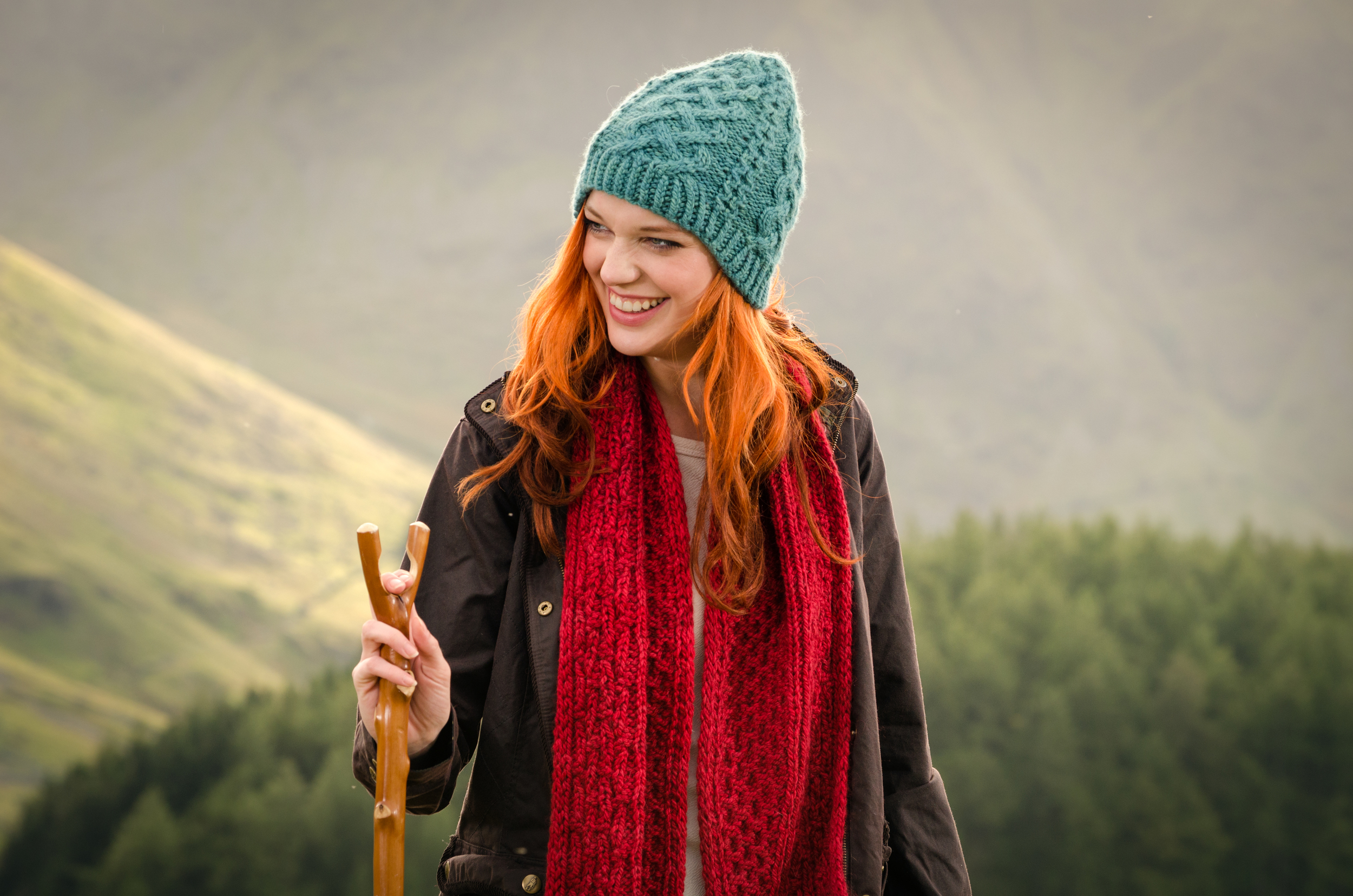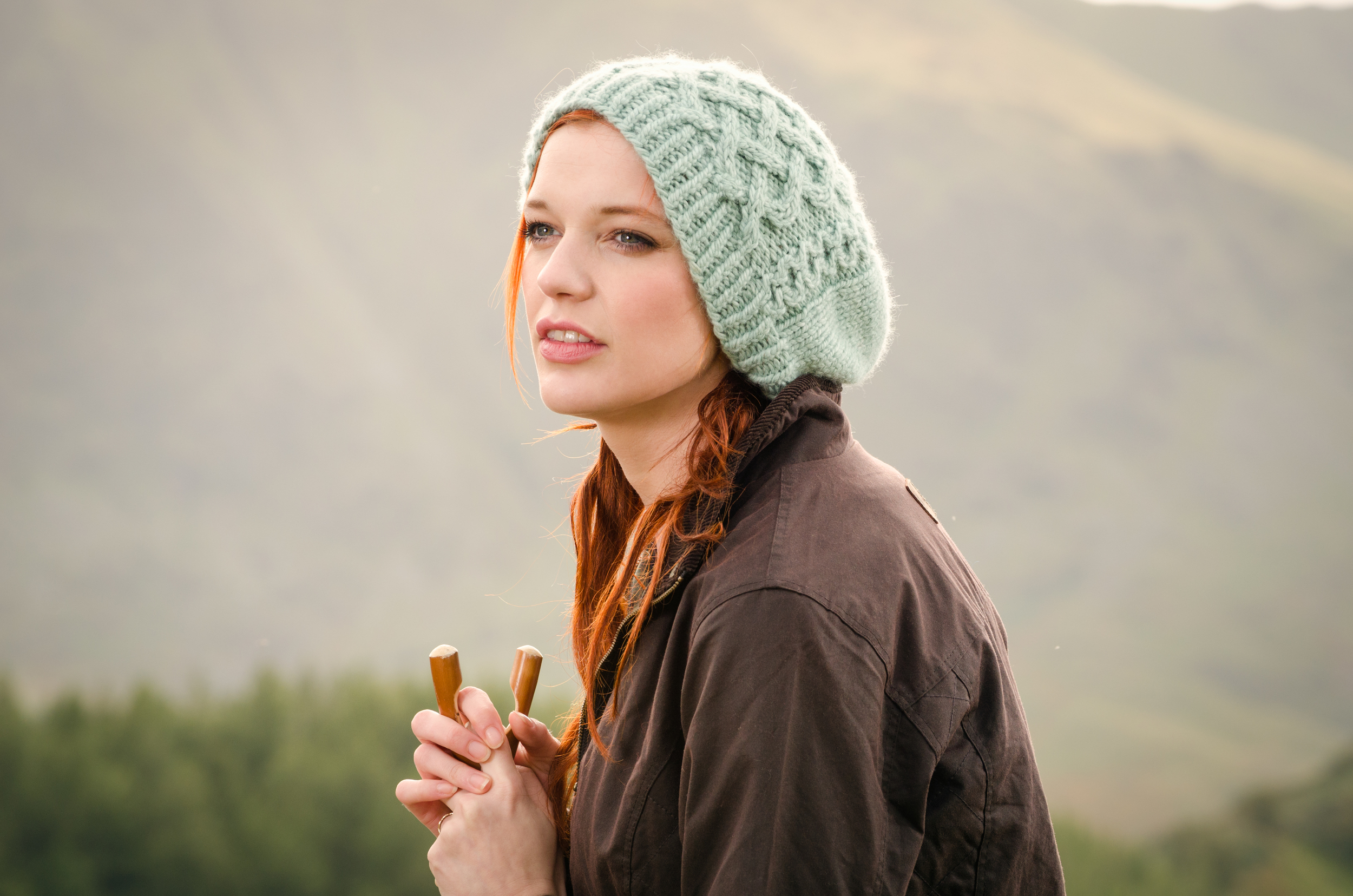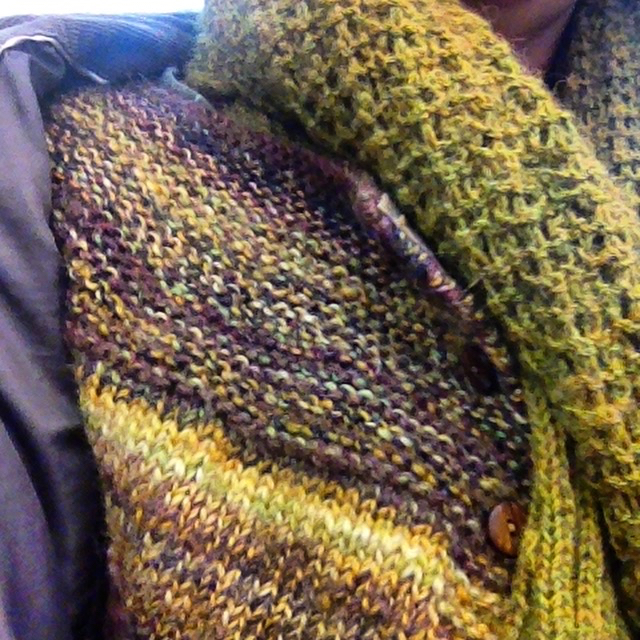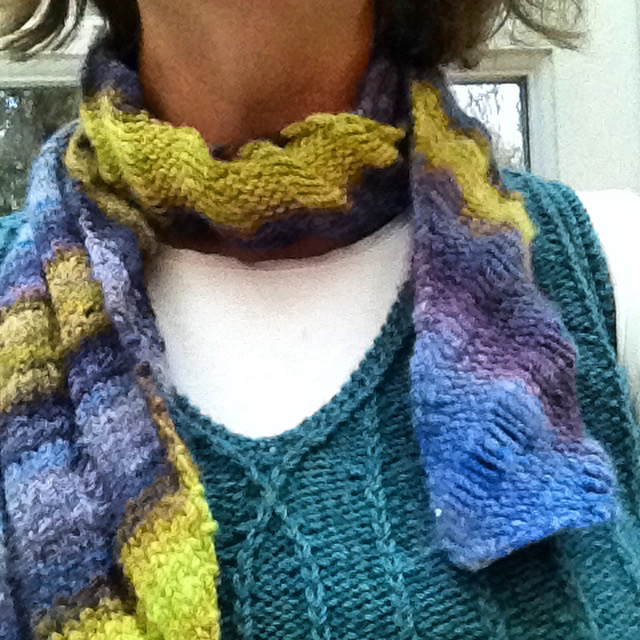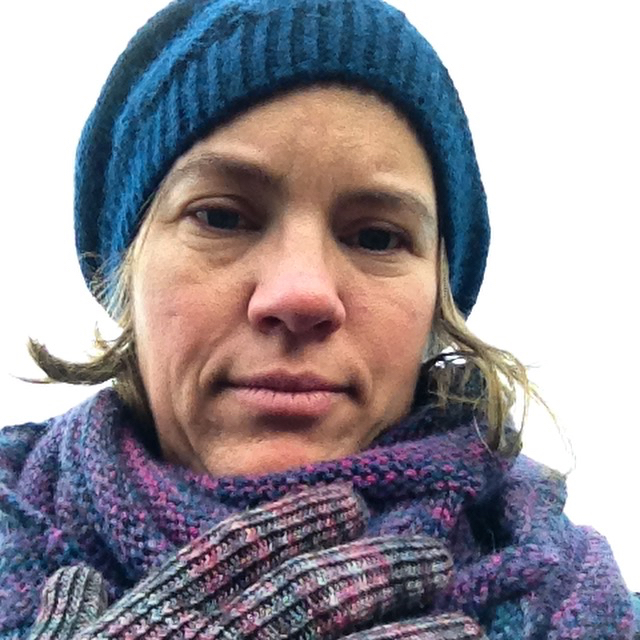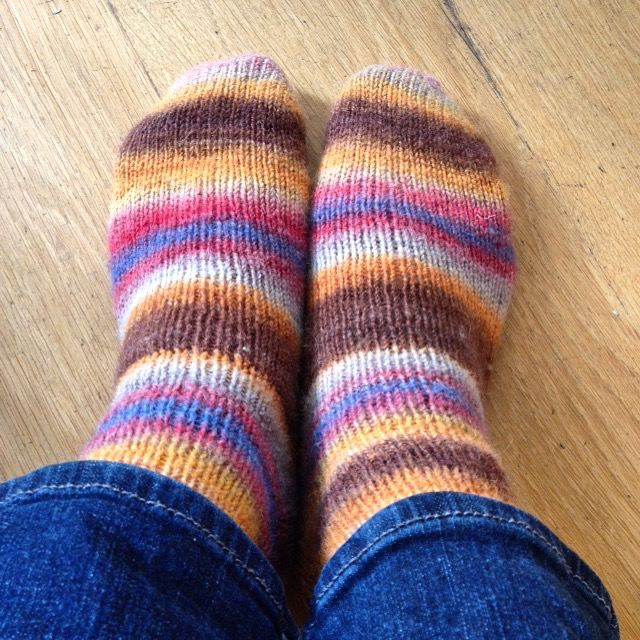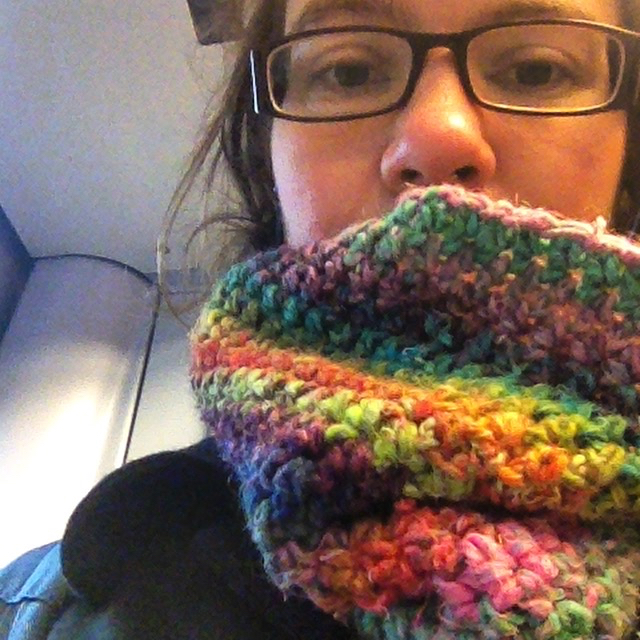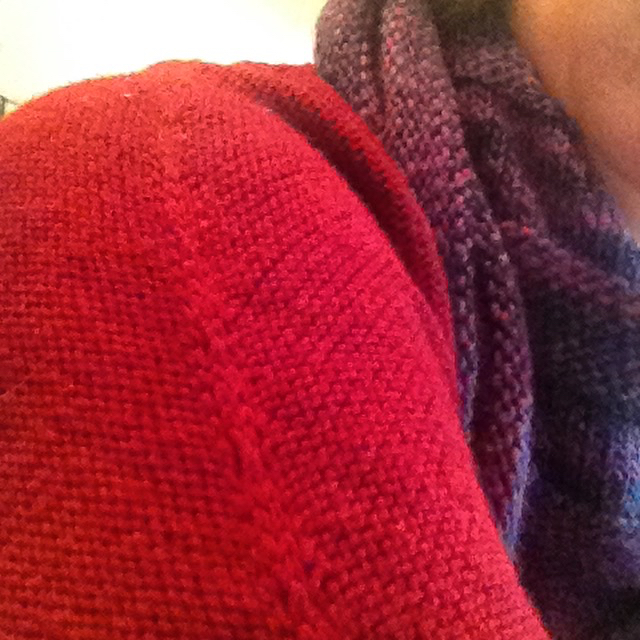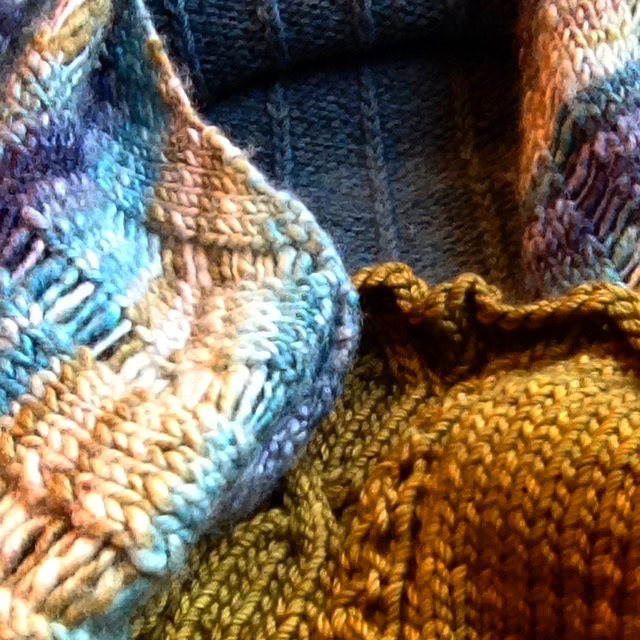The Nordlándda Collection: Ifjord, Sappen and Skáidi
This is the last post to cover the Nordlándda Collection, and I've save the hats for last.
All images copyright 2015 The Fibre Company & Tommy Martin
When originally discussing the collection, Daphne and I decided that we wanted to have a hat that was throughly unisex. I went for a close fitting shape with a small, all-over stitch pattern and ended up with Ifjord.
Starting with 2x2 ribbing, the hat is then worked in a lovely but simple cable pattern that only every uses 1x1 crosses; in other words, only 2 sts are in each cable crossing, making this a good project to work without using a cable needle. The stitch motif is a 6 stitch repeat worked over 4 rounds, 2 of which are plain stockinette, making the stitch pattern easy to memorise. The crown decreases are worked at four equally spaced points around the circumference of the hat, and hide the decreases within the already existing stitch pattern, making for a smooth transition to the crown shaping.
Next up is Sappen. This is another beanie that is worked in an all-over cable pattern, but unlike the small stitch motif in Ifjord, this hat uses two cable patterns: a large complex cable panel bordered by four stitch Honeycomb cables repeated around the hat. After starting with 1x1 twisted rib (k1tbl, p1), the cables are worked up to the desired length. The crown shaping is built in to the cable panel as the hat grows, so there is a lot to pay attention to as you work your way to the top!
Slouchy Skáidi is related to Sappen, in that they share the twisted ribbing, the large cable panel and the Honeycomb cables. In Skáidi however, the cable panel is only worked once, with Honeycomb cables on either side and a third Honeycomb cable directly opposite the cable panel. The crown decreases are again worked into the large cable panel and on either side of the opposing Honeycomb cable. Although the rest of the hat is worked in stockinette, I actually think this one is the most difficult of the three because of the more complicated crown decreases.
This wraps up my overview of the pieces in the Nordlándda Collection. It's been great fun to share them all with you, and it's wonderful to see projects and FOs starting to pop up on Ravelry, Twitter and Instagram. There's still time to join the #AYSWinterCablesKAL hosted by Carmen from A Yarn Story if you need a holiday gift, and share your projects in the Ravelry thread!
Note: If you are in Europe and would like to purchase one of the patterns from the collection without paying VAT, please go to the Nordlándda page and be sure to include your Ravelry ID (if you have one) when you check out. The pattern will be emailed to you and put into your Ravelry library. Thank you!

